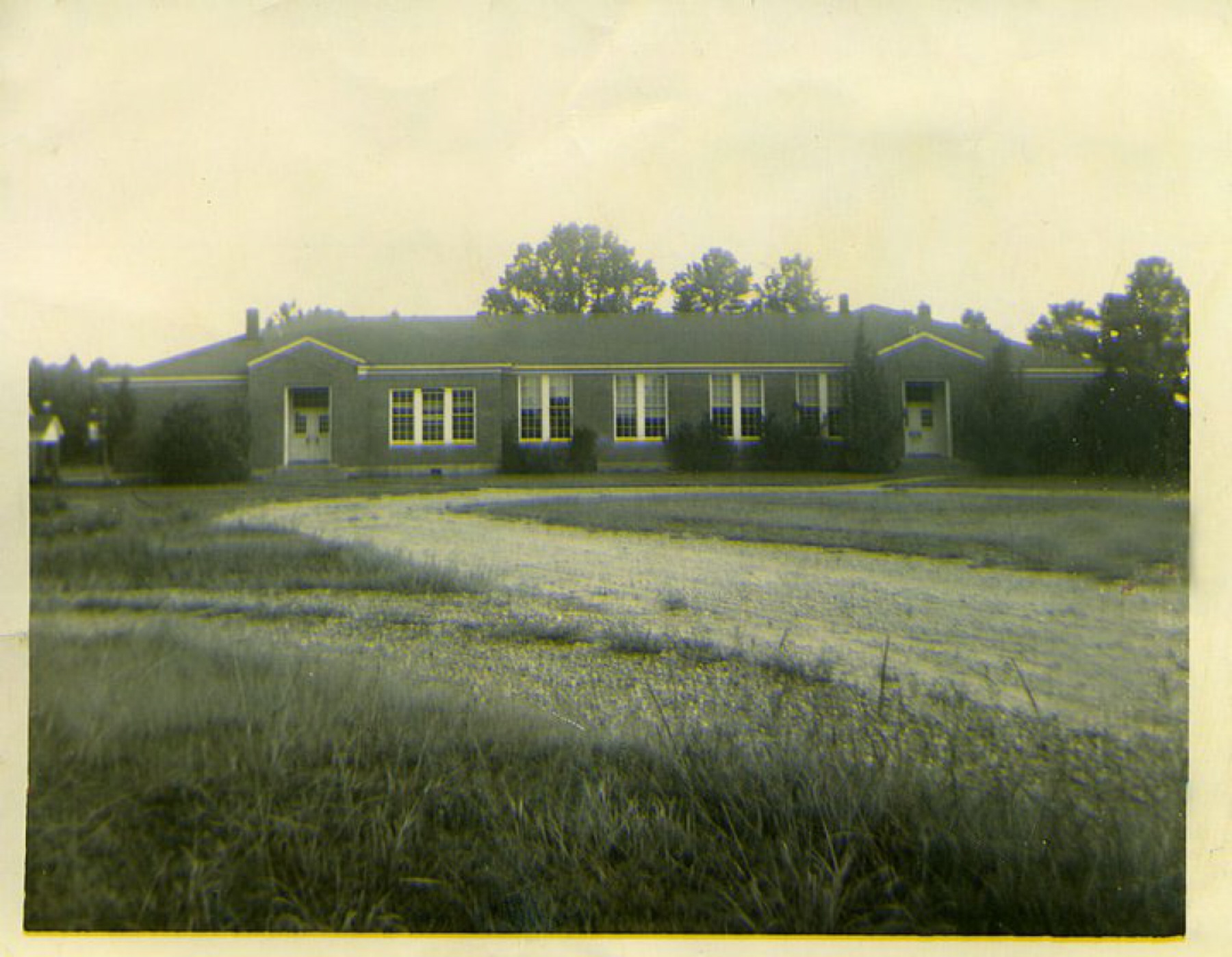

A new school was constructed in the Dorsey community by the Works Progress Administration as part of F. D. R's New Deal program. The land on which the school is currently located was donated by R. S. Sheffield, Jud Clayton, and Fred Martin. The communities of Bethel, Ballardsville, Greenwood, and parts of the Carolina and Evergreen schools consolidated to form Dorsey School. The school was first open during the 1940-1941 school year and it served first through eighth grade. There were approximately 200 students enrolled at the time.
The first principal was Frank Sheffield, who also served as the eighth grade teacher. Other teachers at the school included: Ellen McDaniel, Shirley Sheffield, Lillian Parmon, Clarice Comer Clayton, Jimmie Riley Schumpert, Dovie Armstrong, and Edgar Moore, Villa Mae Trammel, Wilma Comer, J. D. Stanley, and Glen Loden.
The first building had double flooring. The seats were wooden benches made by Tom McDaniel. These wooden benches were later replaced by wooden desks which seated two students. The rooms were heated by fires in oil drums. There was no indoor plumbing. Water was pumped from a well that was located in the back yard of the school. The bathroom facilities were two outhouses which were located on opposites sides of the campus. The campus was divided into the "boy's side" and the "girl's side." The boys and girls were not allowed to play together during recess.
For many years, Dorsey did not receive text books. School books were purchased by the students and were used by each child in the family.
The lunch room was located in the last room on the left side of the building. The first lunch room workers were Aurelia Trammel (manager), Ida Comer, Dessie Sheffield, and Myrtle York. These ladies had to pump water in from the pump outside for use in the kitchen. The teachers, students, and their families raised vegetables in the summer for use at the school. These vegetables were harvested by the parents and the 4-H club students. The students were responsible for bringing their own plates and silverware.
During the 1939-1940 school year, students and teachers assisted by Dewey Wood had a booth at the fair. They won first prize. This money was used to purchase library books for the new school. The school also had a cotton patch which was harvested by students and teachers. Profits from the harvest were used to help pay for seats for the auditorium, the stage curtain for the auditorium, and spare parts for the desks.
There were numerous other fund raisers including movies each week with an admission fee of ten cents, cake walks, box suppers, and gospel singings. The profits were used to pay for heating and other necessities. The playground consisted of basketballs and two dirt courts located in the front of the school. From these courts Dorsey fielded many excellent teams.
In the 1957-1958 school year, the Itawamba county schools were consolidated. Dorsey became a grammar school that served the western part of the county. It only contained pre-school through 6th grades.
The Dorsey community wanted to expand the school to include 7th and 8th grades. The Itawamba County School board voted to allow Dorsey Grammar School to add seventh and eighth grades. In the 2000-2001, school year Dorsey added the 7th grade and it grew to include the 8th grade during the 2001-2002 school year. Today, Dorsey Attendance Center serves 400 students in grades pre-school through eighth grade.
